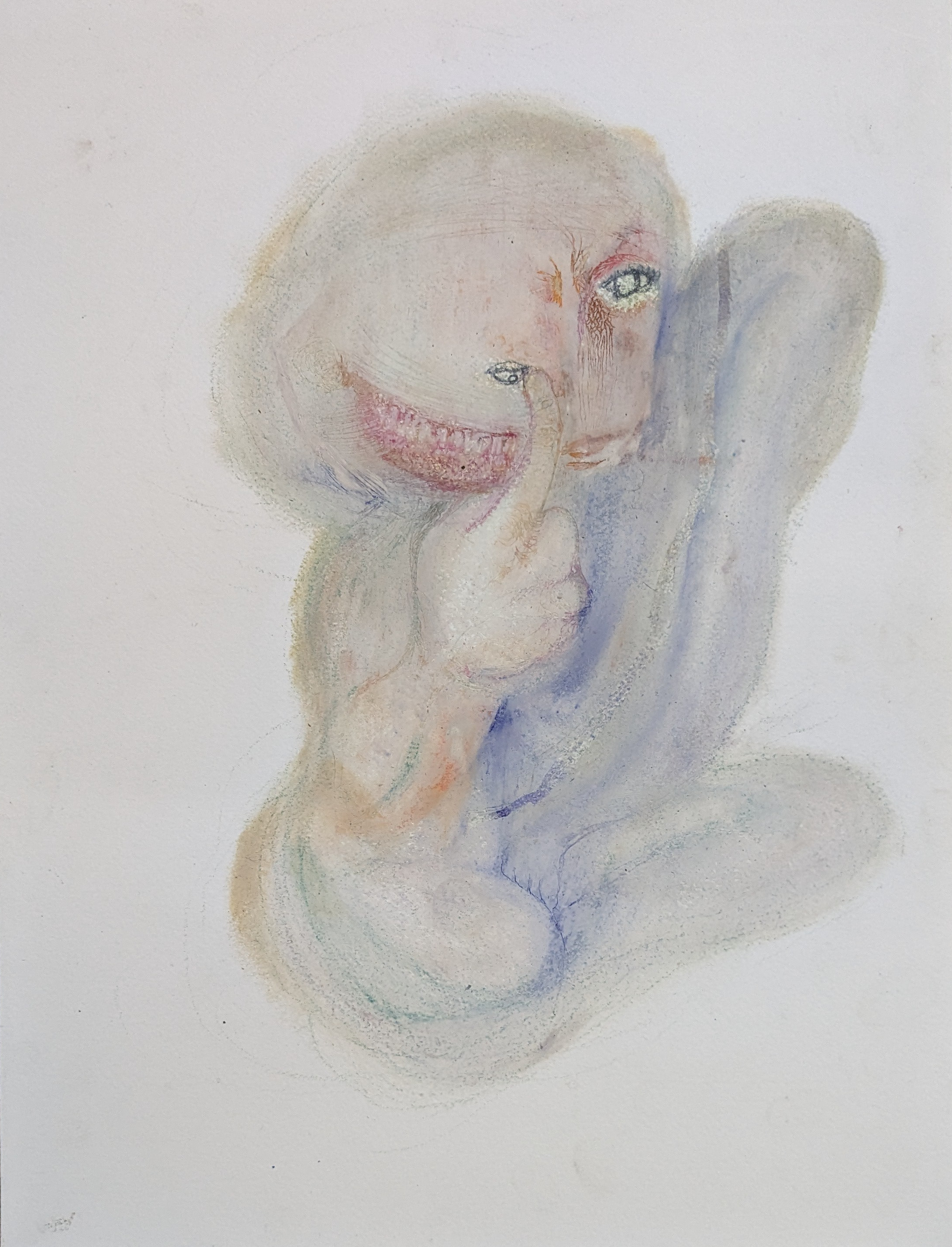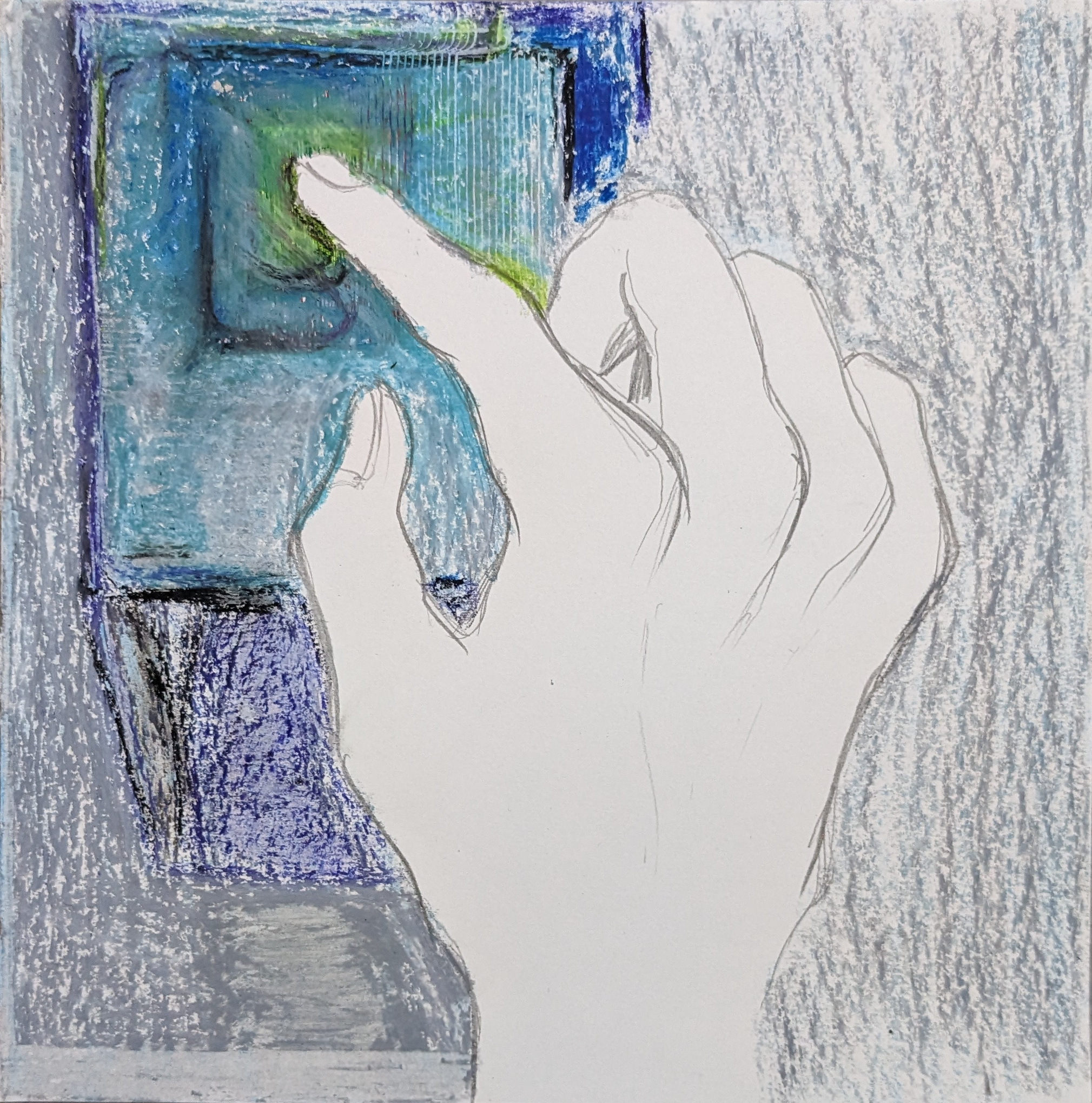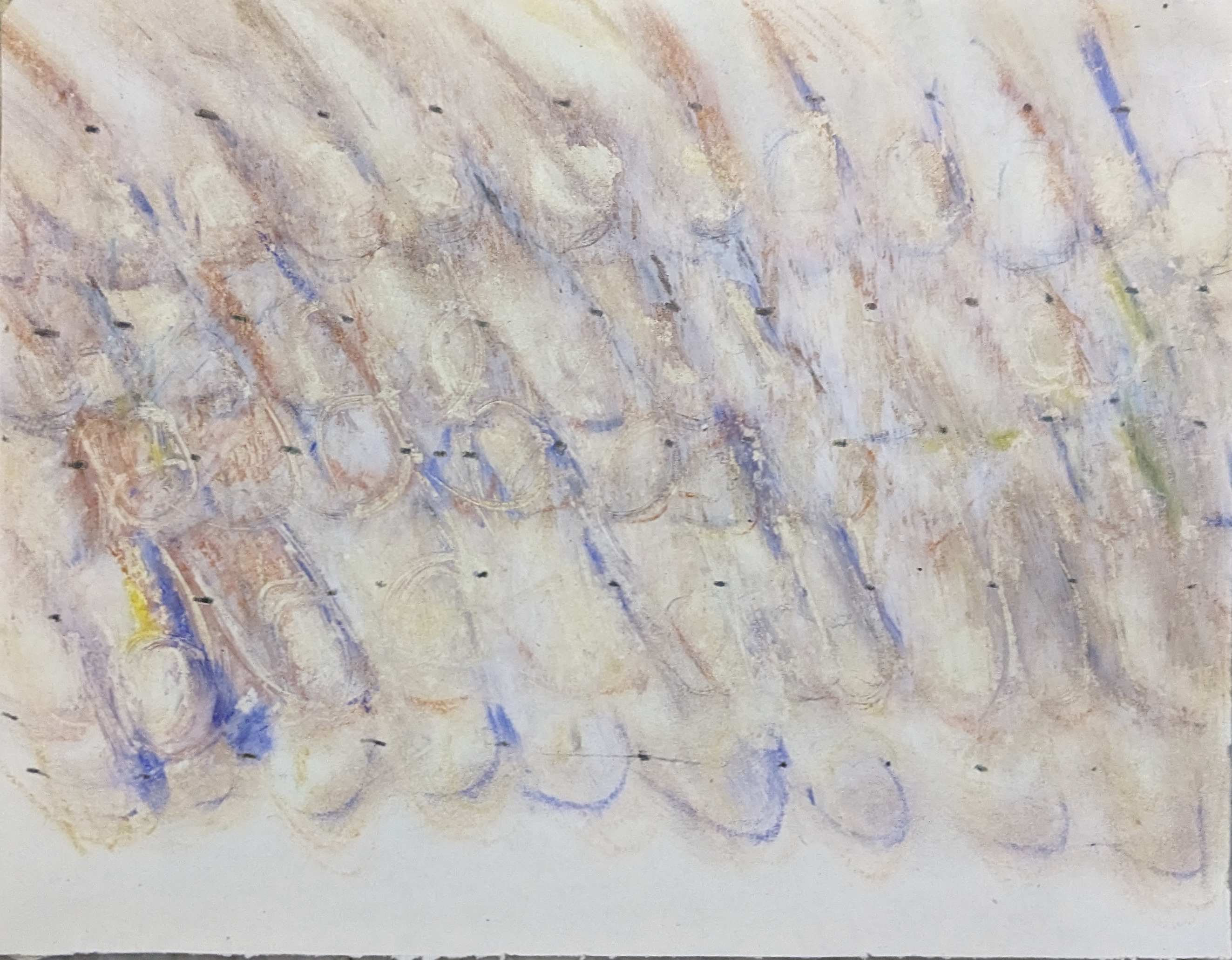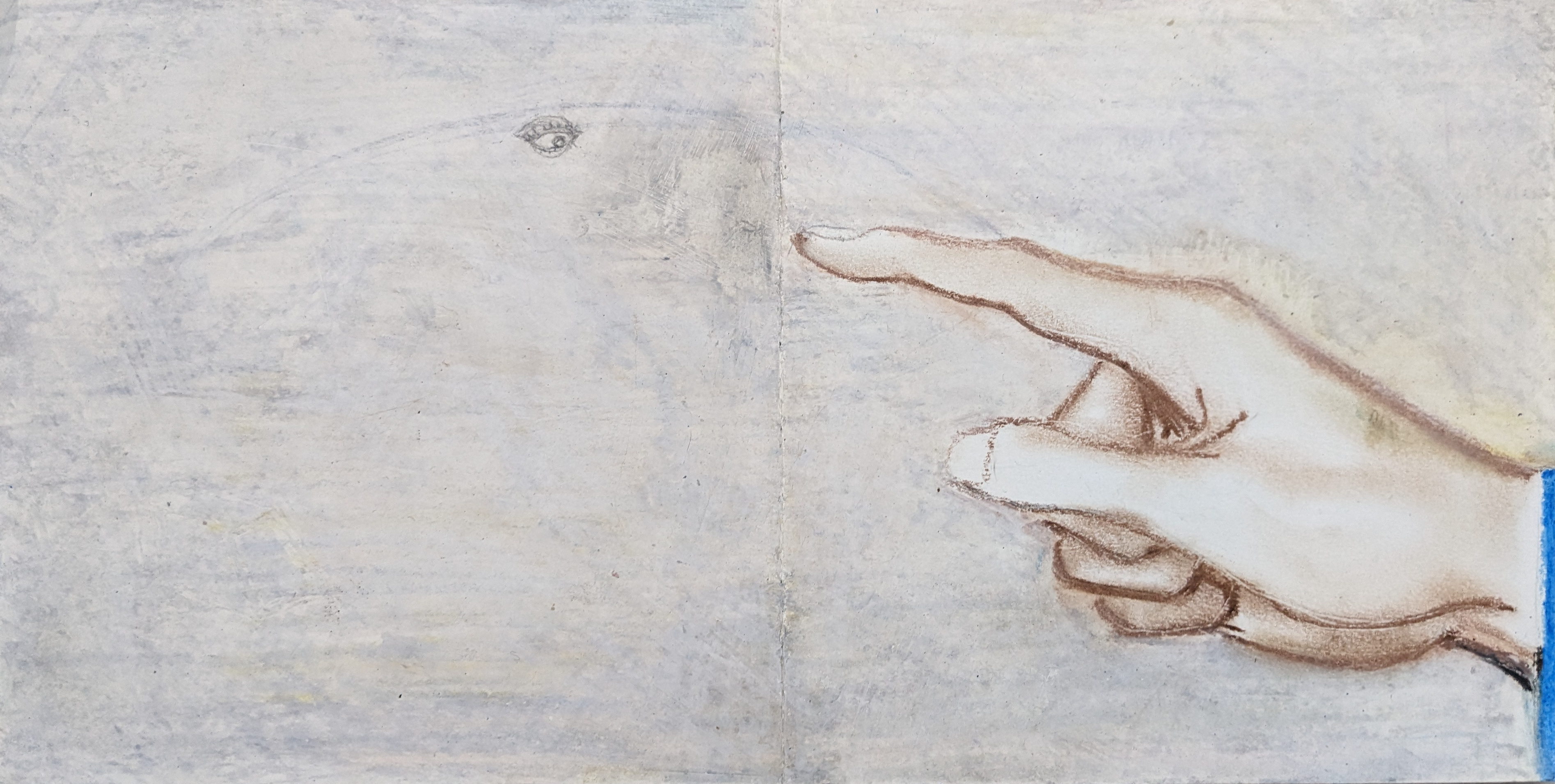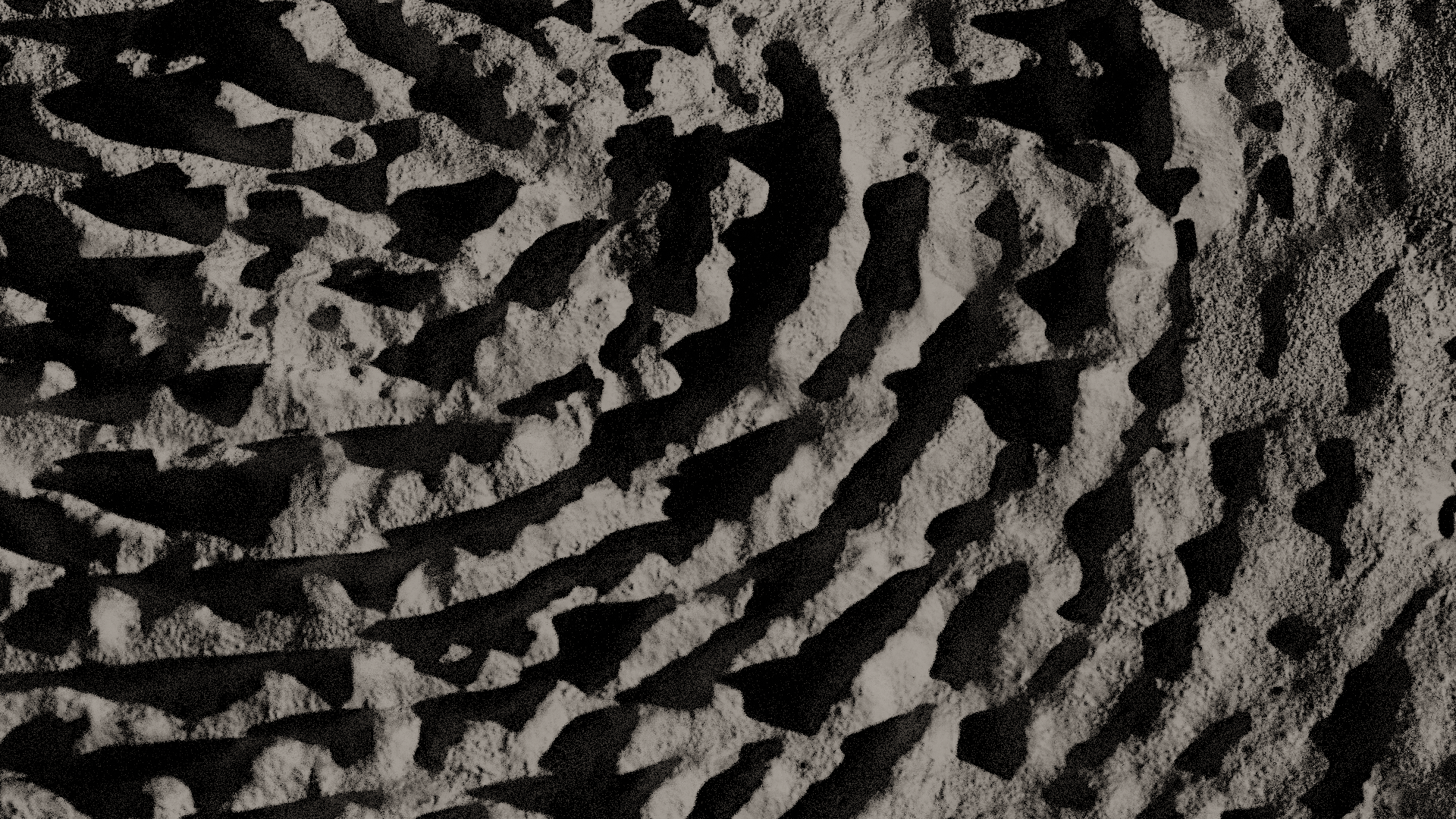
The touch of a fingerprint sensor, satellite imagery of a terrain untouched by hands, a children’s mathematical puzzle game, origin myth of the universe, 18446744073709551999 mouseclicks, an apocalyptic prophecy about the destruction of Brahmins.
Haathchalakhi begins with a fleeting moment of contact of a finger with a fingerprint sensor. This minuscule interaction is held, frozen and endured to excavate a codification of touch within the Hindu cosmology – a codification which, with its multiple sleights of hand, produces a society in the shape of hierarchical pyramid of graded inequality.
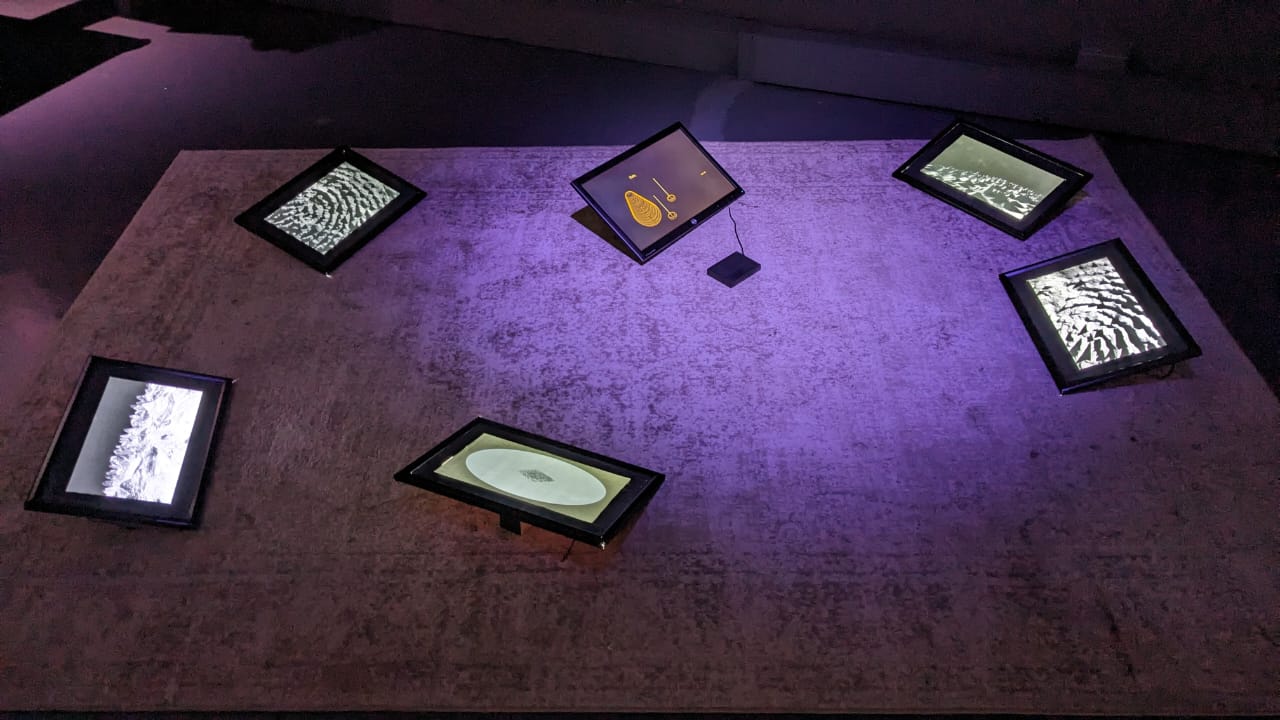
Haathchalakhi was exhibited at Watermans Art Center, London as part of the show Tenderly Towards the Tipping Point, along with works by Aasma Tulika, Mohit Shelare, Sonam Chaturvedi and Thlana Bazik.
It appeared as an assemblage of soft surface, translite prints in lightboxes and an interface interaction with a touchpad. Click to access the interface on the web.
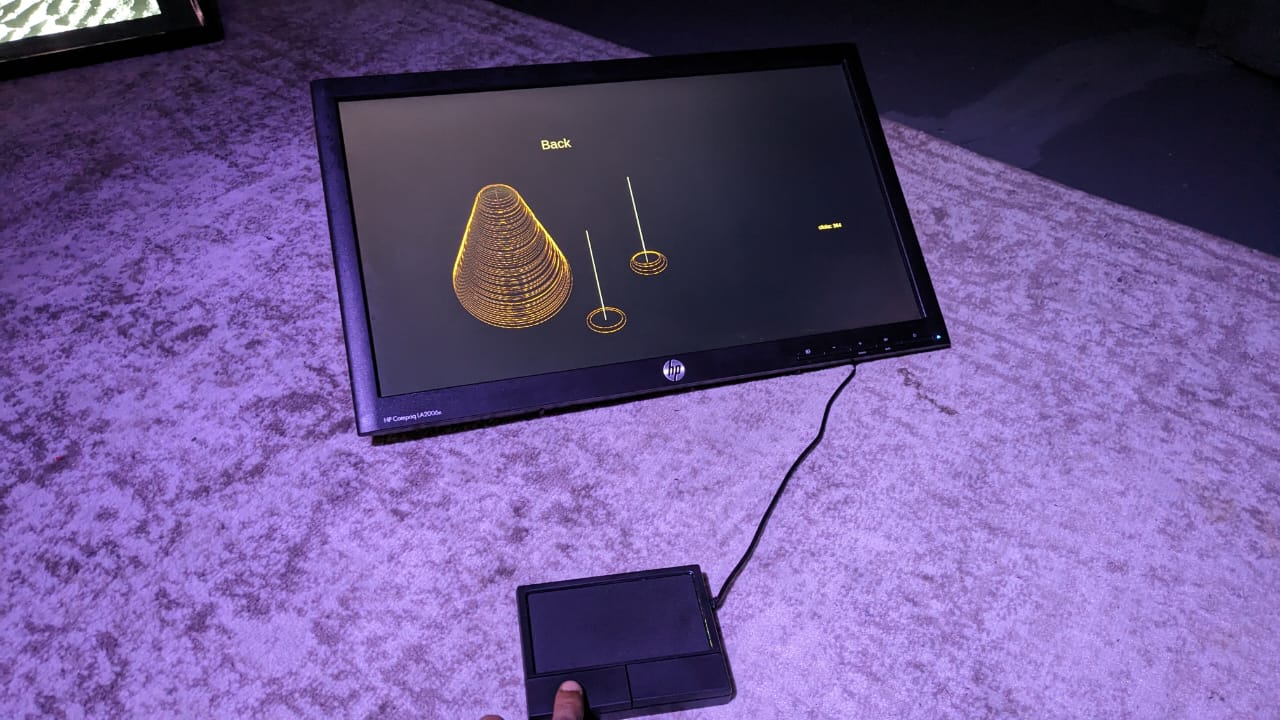
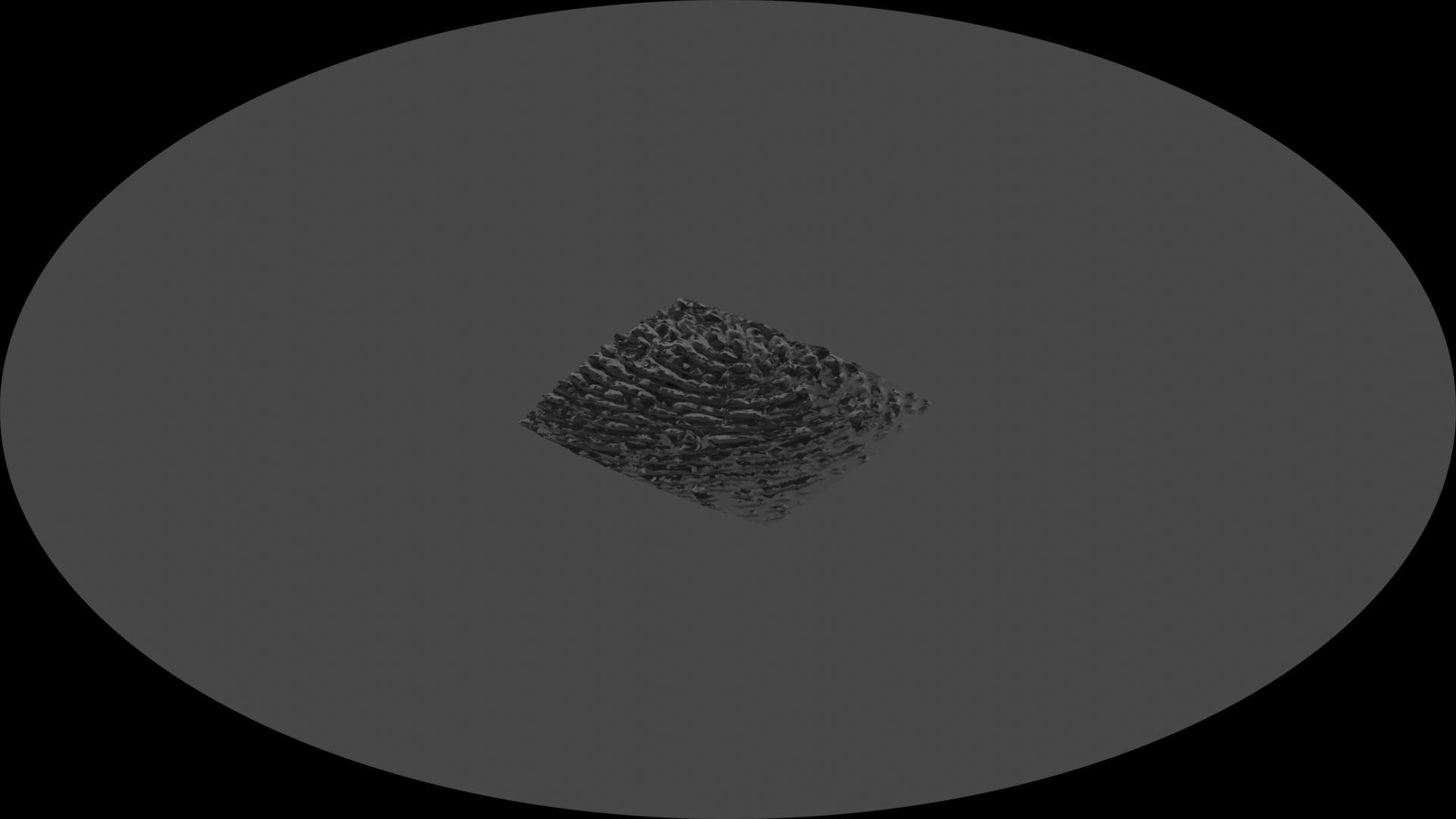
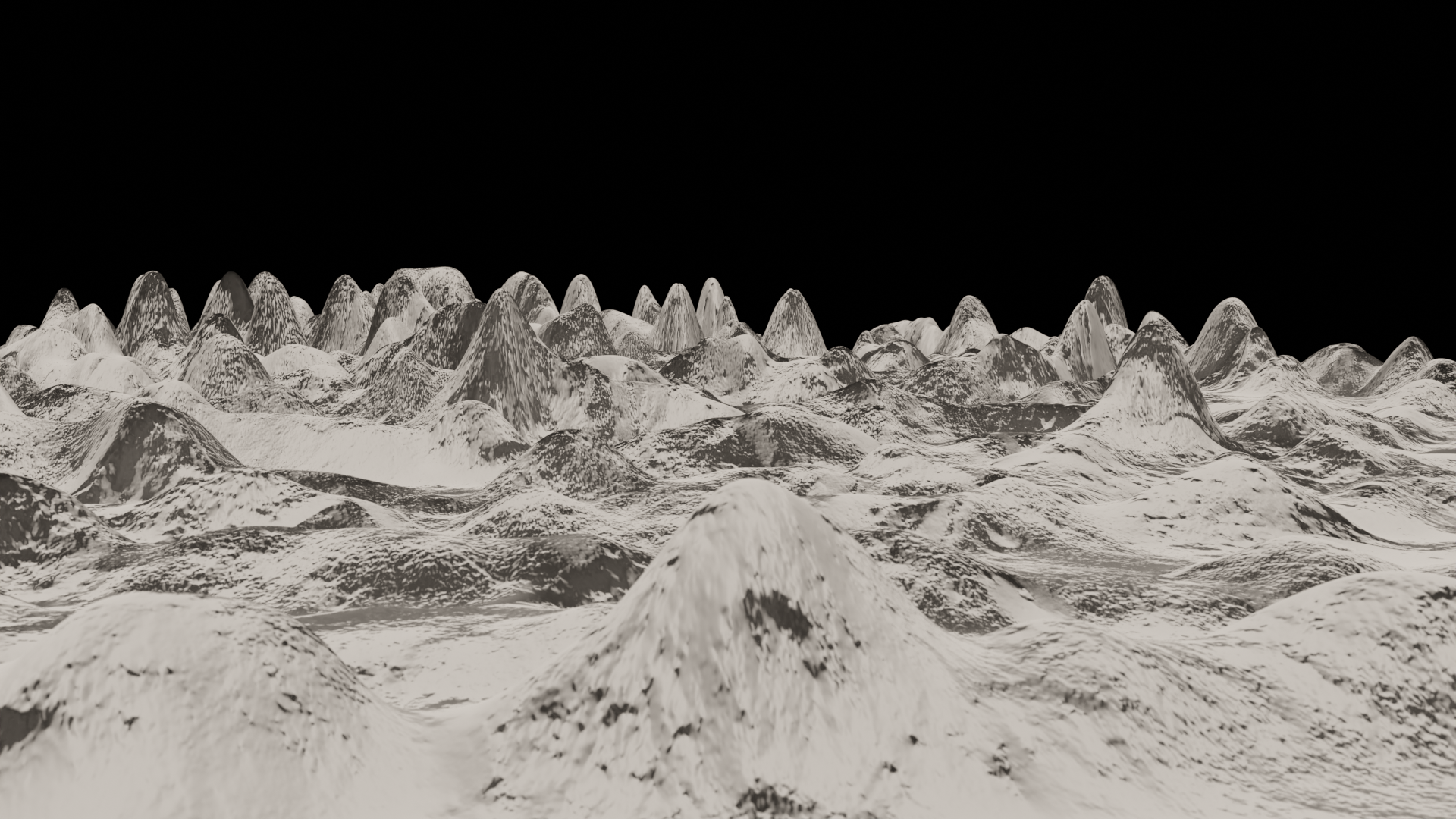
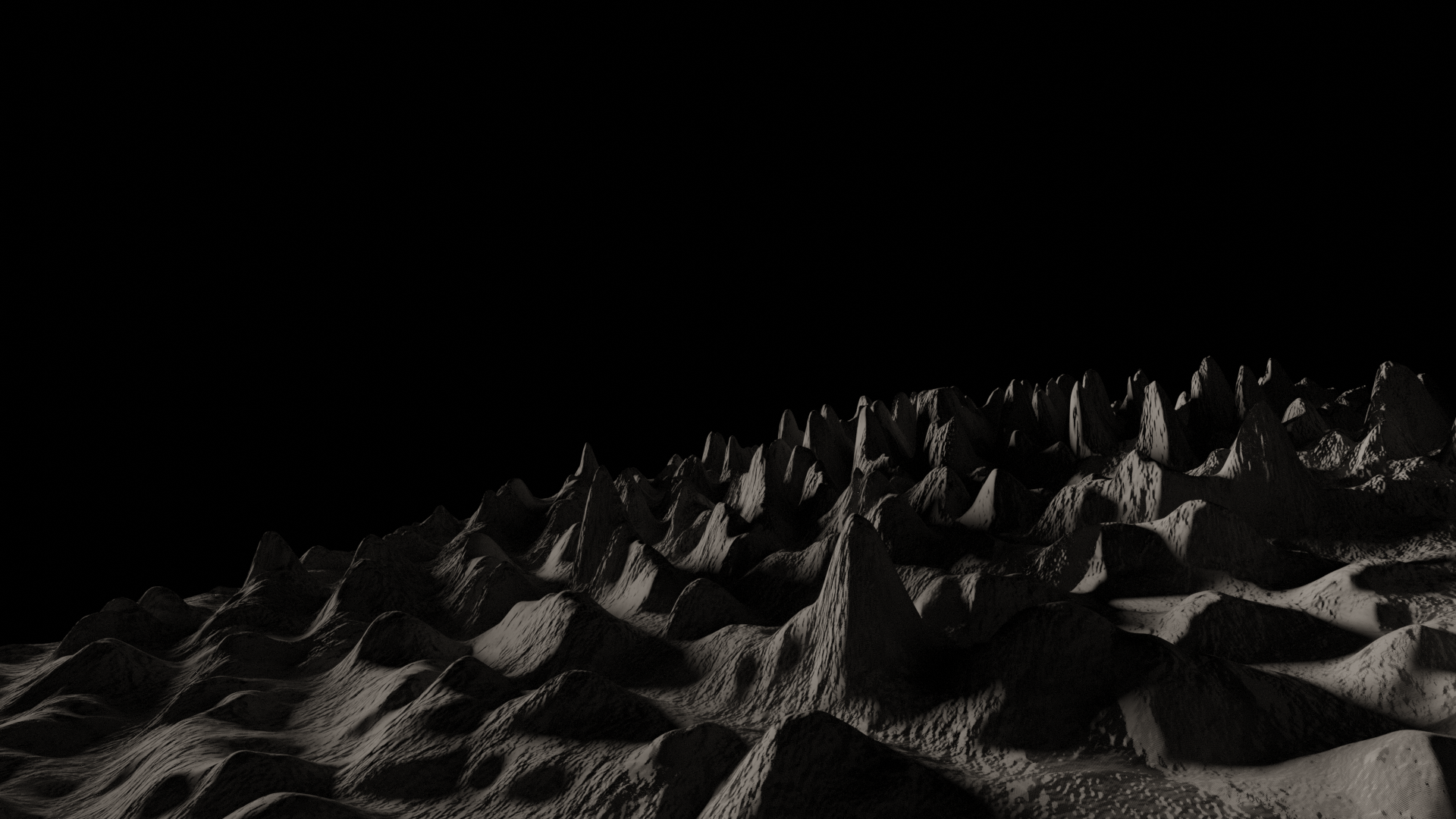
Artificial intelligence models are not good at drawing hands. Not yet, anyway. Neither am I to be honest. I start with an image of something much more indisciplined and distorted but end up with something tame and unsure of itself. To my mind, it is something to do with seeing a hand as a whole as opposed to an assemblage of several subsystems, joints, tendons and structural dispositions. AI seems to have a similar problem. It does not seem to understand the hand as something that belongs to an individual, endowed with a common motive and obeying a teleological order. Instead, it renders hands with grotesquely bent joints or with missing fingers or with fingers borrowed from multiple people, hands with inverted fingernails, hands with fingers blooming like flowers in a vase. Impractical hands or constricted hands or hands that are unable to grasp the world. Or a hand with a will of its own. A disobedient hand. And an eye that watches it. I am interested in drawing out a tension between the eye and the hand.
